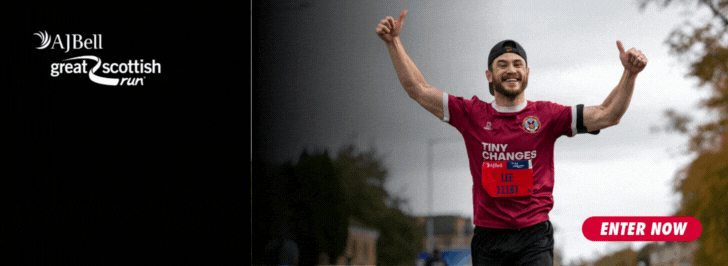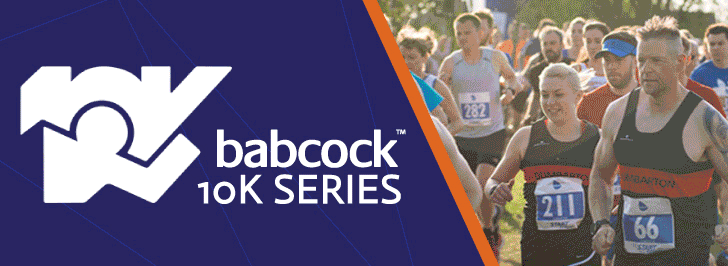
Acceptable In The 80s
From U2 to T2, nostalgia is big news these days. Neil Turner takes a trip down memory lane, and a ride in a DeLorean, with runABC's resident veteran Alan Newman to look at what running was like in the 1980s...
Running in the ‘80s conjures up images of blokes with ‘taches, dodgy perms and shorts that reveal far more thigh than strictly necessary. But it’s not just the fashion that has evolved since then.
After deciding to write this feature, I realised, to quote Marty McFly, “There’s only one man that can help me!” That man was runABC contributor Alan Newman. In the ‘80s, Alan ran around 50 races a year from 200m to marathon, so it’s fair to say he’s got experience on his side. Alan wasn’t so flattered by my choosing him as my ‘80s running guru. “Is that a polite way of saying I’m getting on a bit?” were his exact words.
After some cajoling, Alan strapped on his seatbelt, fired up the flux capacitor and set the time circuits to 1987. Back then, Margaret Thatcher was Prime Minister, Rick Astley topped the charts with with Never Gonna Give You Up (long before the concept of Rick-Rolling had emerged), and Timothy Dalton’s James Bond tussled with the KGB in The Living Daylights. But how different was it for runners?
Where we’re going we don’t need apps
These days it’s commonplace to measure your running routes using GPS devices (whether it’s a mobile app or a GPS watch). Back in the ‘80s, accurate GPS devices were not available to civilians. “We never measured any training routes,” admits Alan. “Everything was done by guesswork but good, consistent athletes knew their average training pace. Some people used techniques with Ordnance Survey maps but I never bothered. My body told me what distance/pace I had run. I still work this way and come close to modern technology in my estimates!”
Get results
In 2018, race results are easily accessible online from websites such as runABC, and a lot of events will text your results to you soon after completion of the race. Some even have the option of following results live as they unfold.
In the ‘80s, you had to be more proactive, Alan explains: “Results (often handwritten) were pinned up at venues soon after the last finisher. There were far fewer competitors and many more stayed behind for the presentations and the social aspect.”
Top gear
118 jokes aside, did runners in the ‘80s really think they looked good? “I recall the gear for training then was a jock strap under Ron Hill tracksters and a cotton T-shirt if it was very cold. Anything above freezing and it was football shorts or, if you were lucky, Ron Hill split shorts and a thinner cotton T-shirt!
“You would sweat buckets, which was seen as a good thing! There was very little technical gear and it was too expensive. Ron Hill mesh vests were good for racing days but club kit often left a lot to be desired.”
Run away, train
Fartlek, hill-reps, tempo runs etc. are all the rage these days, but training in the ‘80s was a simpler affair. “Most athletes trained in small groups of similar abilities. Club runs were hard - more like races - and we stuck to a similar programme that varied for the season. As routes and sessions were familiar it was easy to plot your progress – or otherwise.
Coaches or strong characters would set the sessions and off you would go. No messing!”
“I need fuel!”
Doc Brown’s DeLorean may have been powered by Mr Fusion, but runners are a little more complex. In 1987, nutrition was a far-cry from the multi-million pound industry it is today. Alan reflects: “The main nutritional advice was the Glycogen Bleed-Out and Carbo Loading diet used by many marathon runners, first popularised by the fantastic Dr Ron Hill.”
“Although good nutrition has its place among quality athletes, I am a little cynical regarding the whole industry that has built up around nutrition, hydration, apparel, footwear and medals, etc. There was far less confusion in the 1980s!”
Past is best?
Despite these developments, Alan isn’t entirely convinced running is in a better place in the modern era. “The difference today is marked. There’s much more science, technology, thought and consideration and generally poorer standards (apart from a few notable exceptions).”







